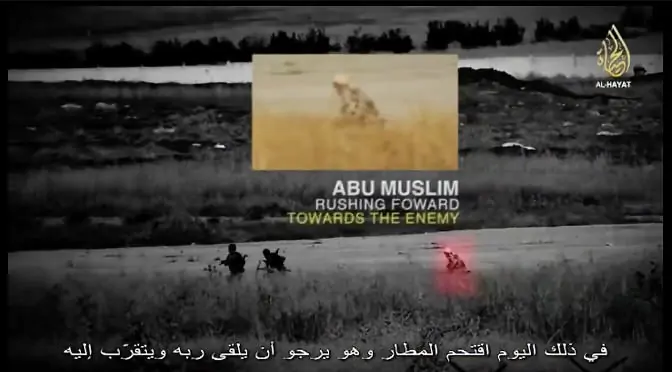Each week our scan collects weak – and less weak – signals… Read the 23 April scan → World + Tech & Weapons – This week’s featured article is Nichols “Militia’s War Robots Raise Questions About Future Of Warfare” for Forbes. Nichols points out there that a 23 March 2015 video posted by Muqtada al-Sadr Shi’a Peace Brigades (Saraya Al Salam) (see brief on the group by Jihad Intel) advertises some (still small) futurist warfare capabilities, demonstrating the use of two armed robots or “weaponized unmanned ground vehicles (UVGs)”. Nichols then interestingly uses this example to underline that the common American focus on technology and future warfare needs to be considered also in the light of their use by non-state actors. He then imagines how the future of …
Continue reading “The Red (Team) Analysis Weekly 200 – The Future is Now: Robots Warfare In Iraq”







